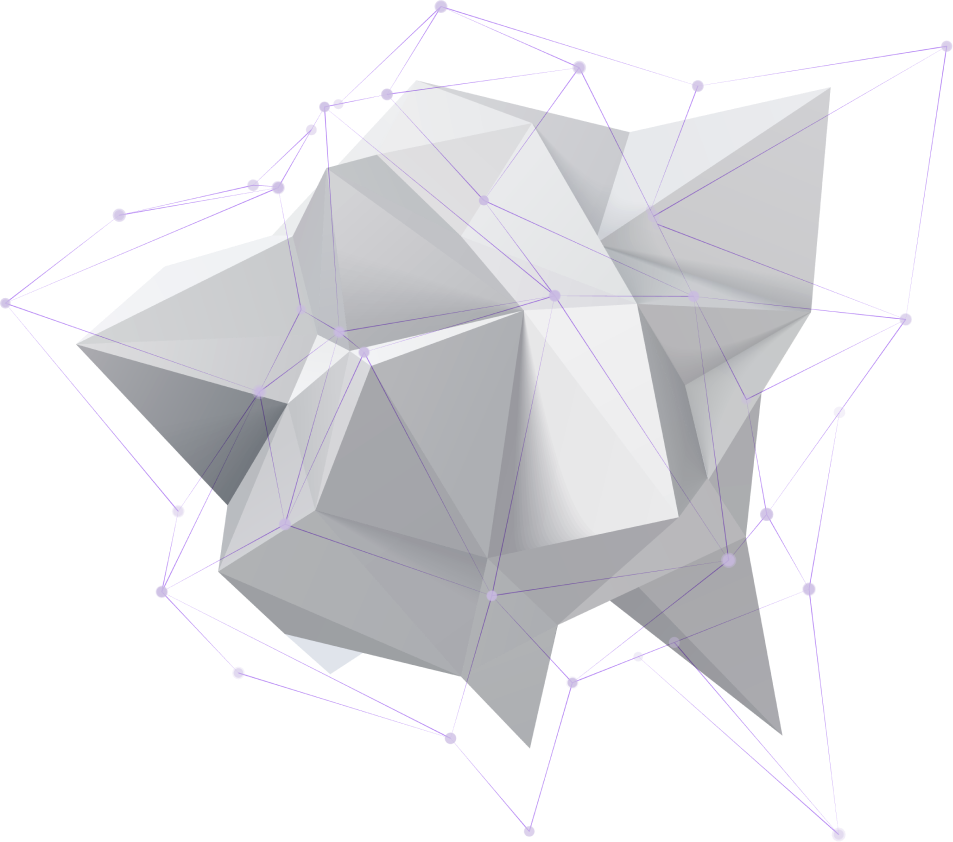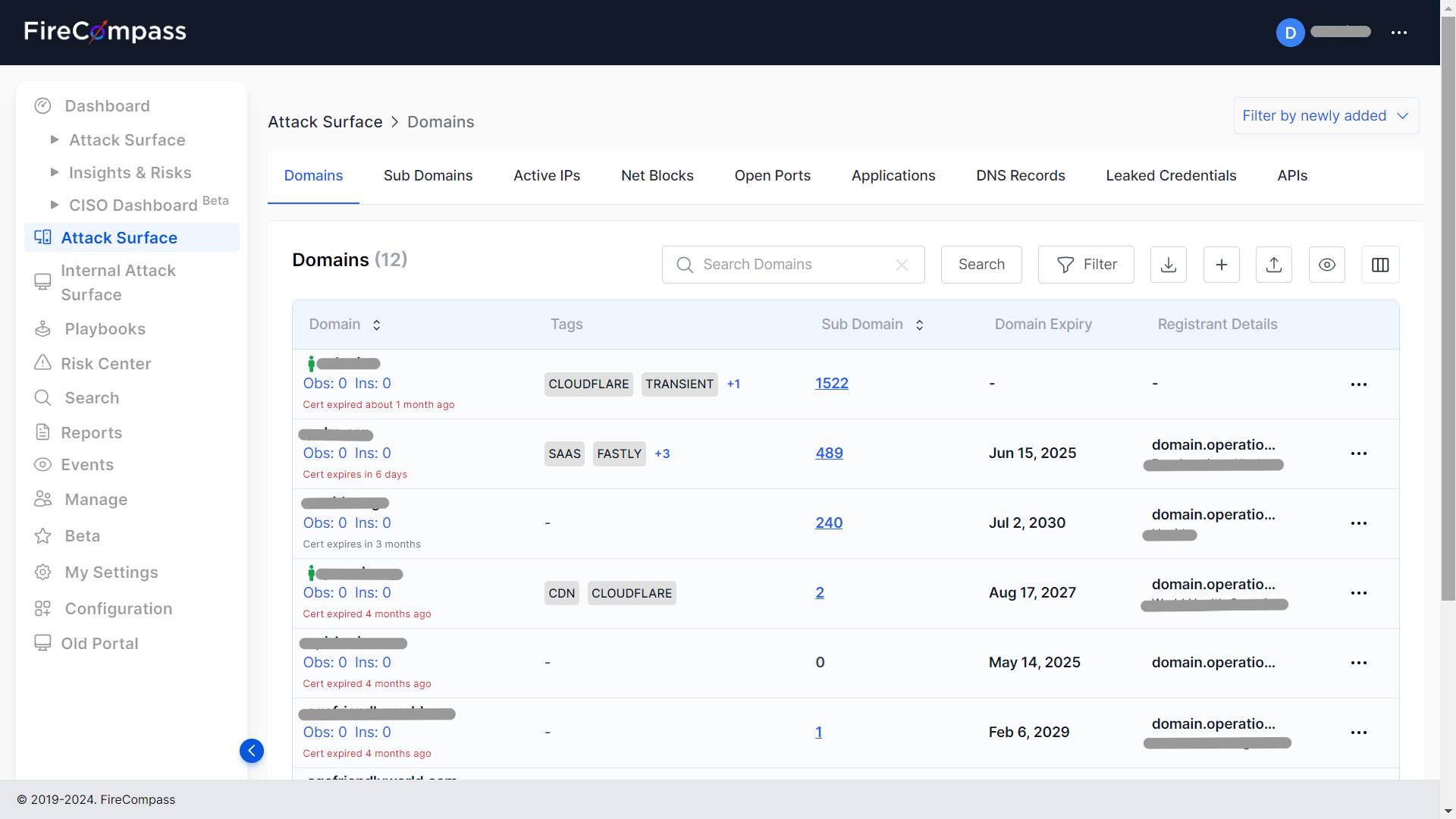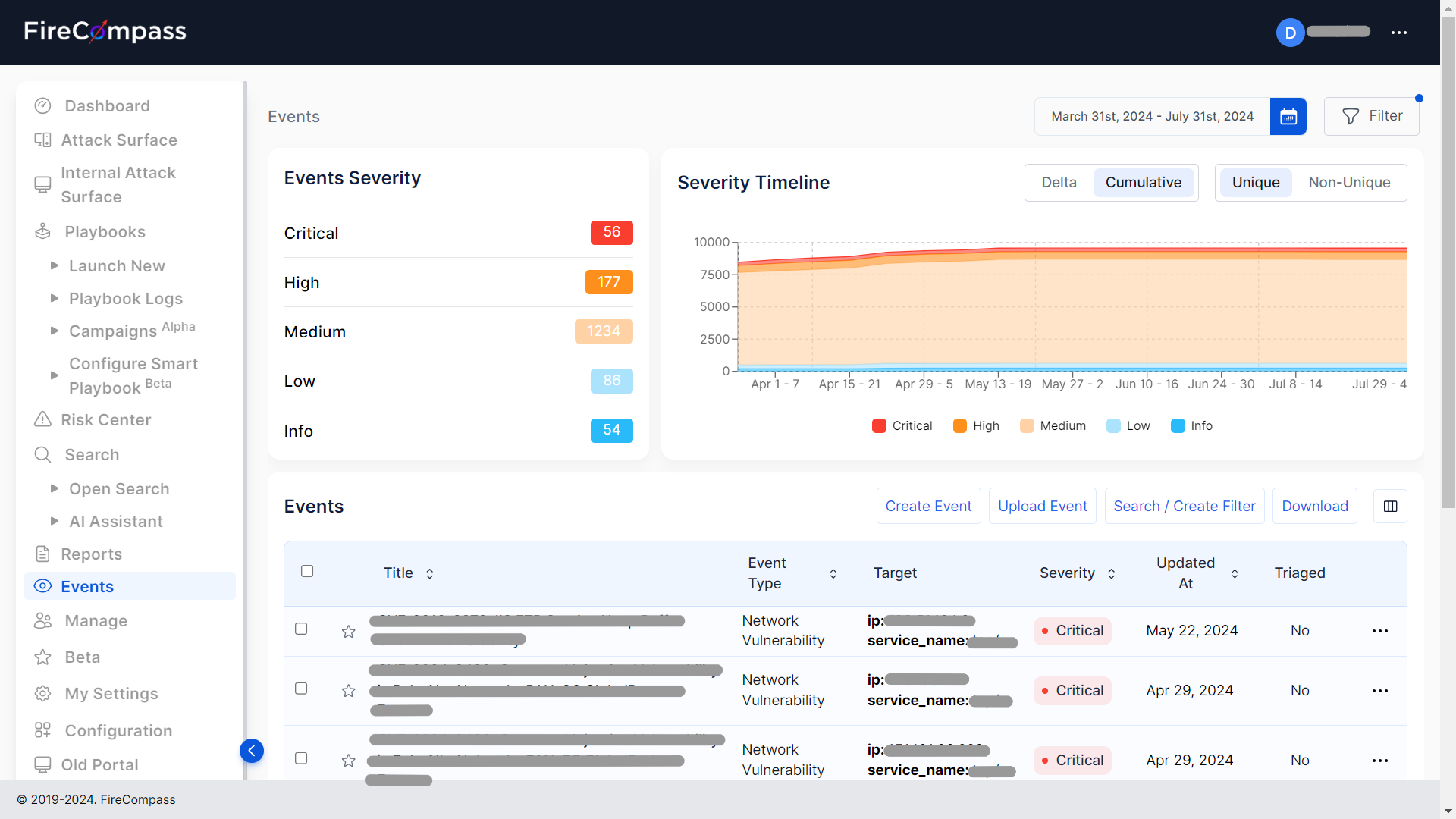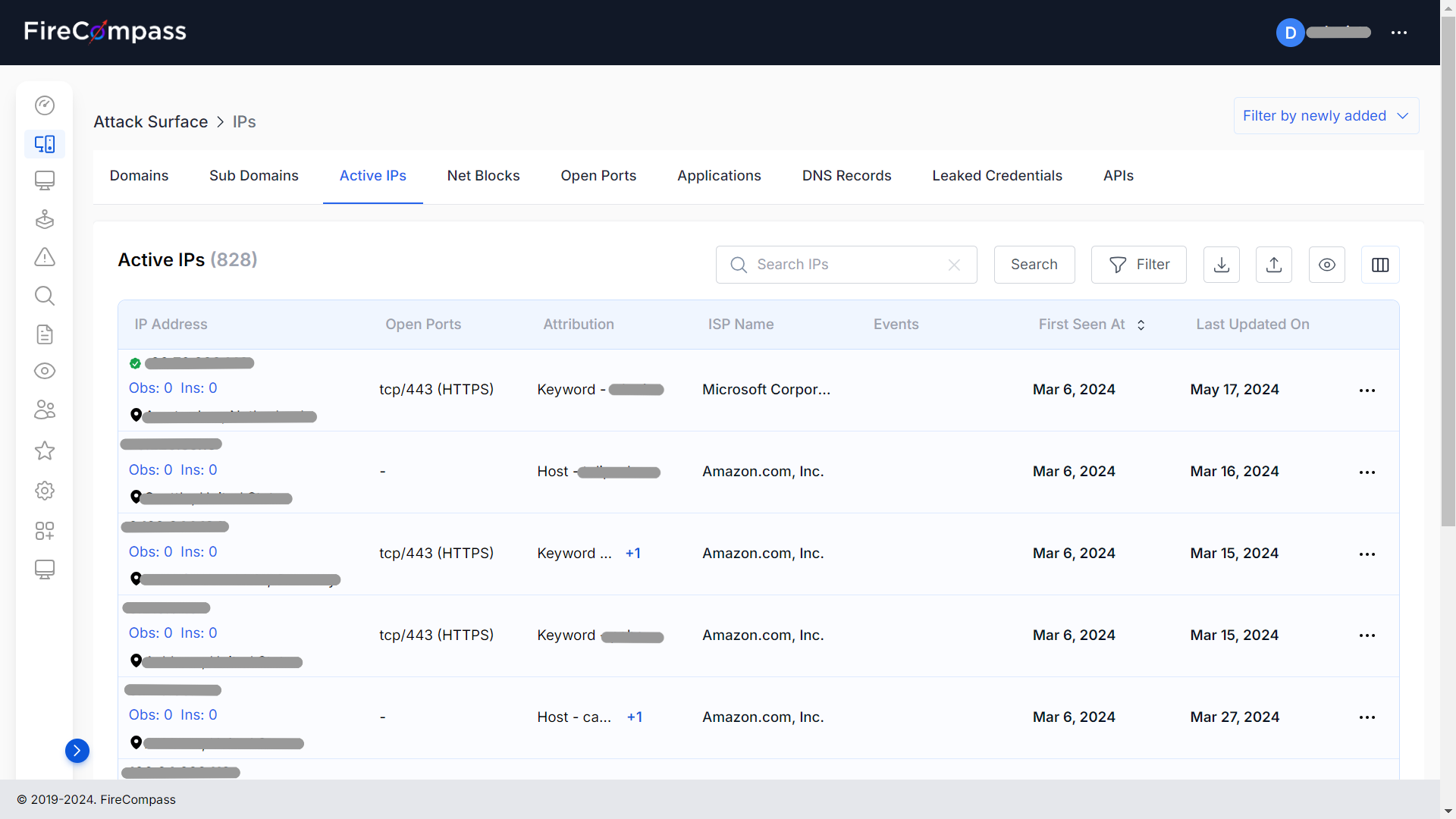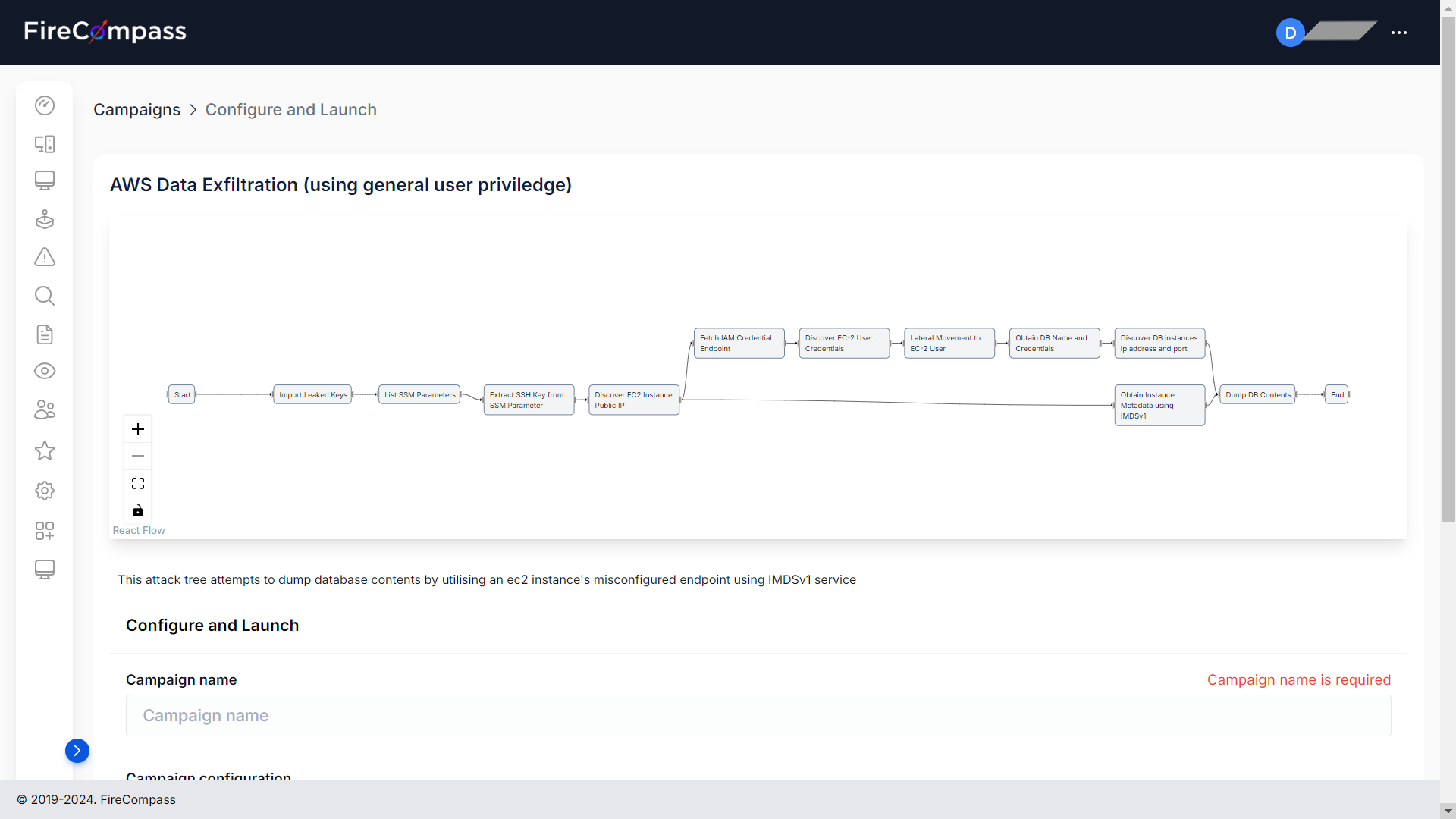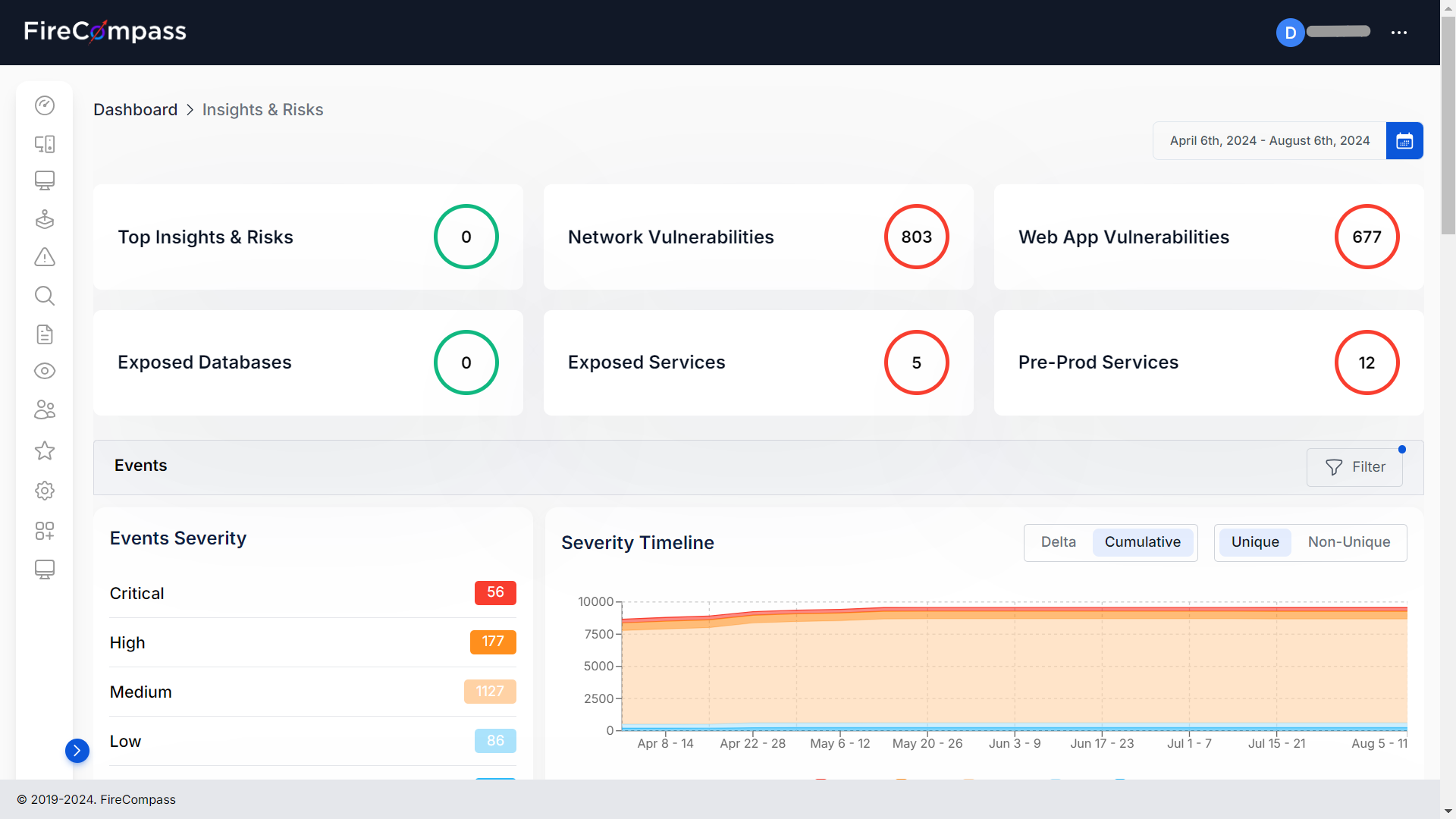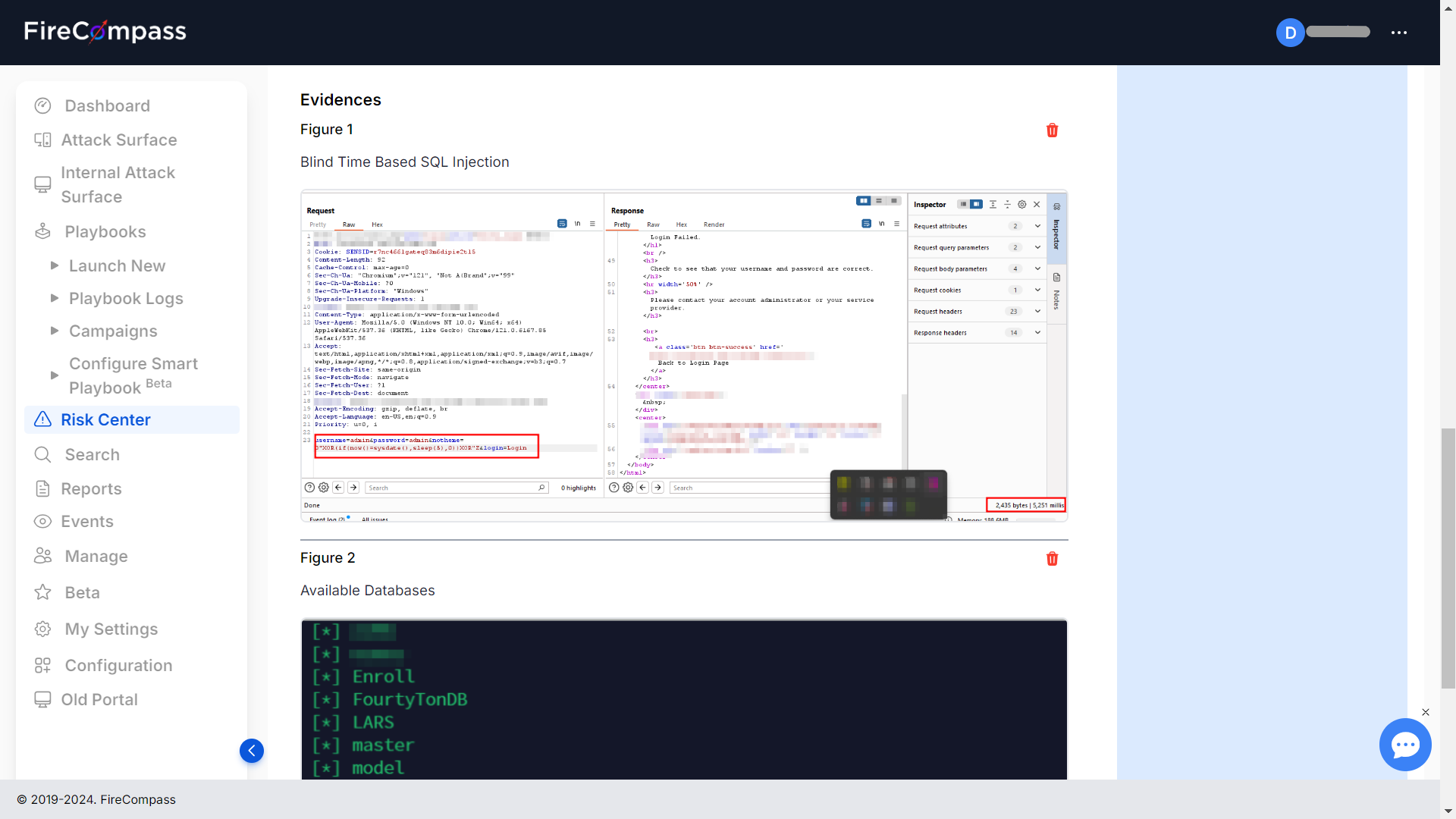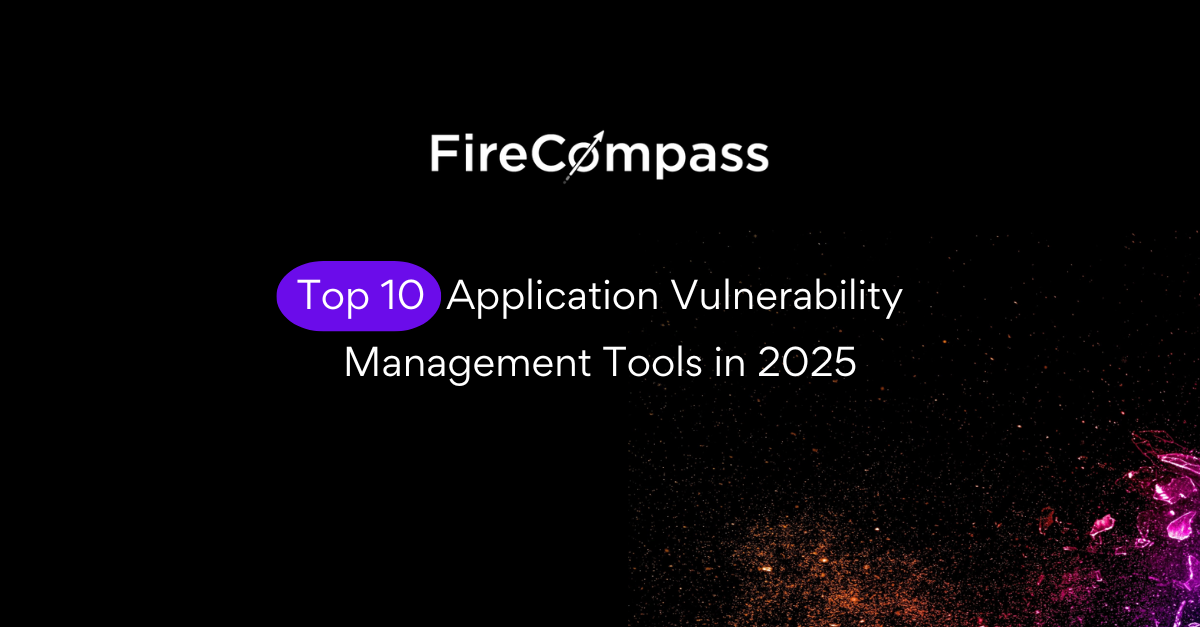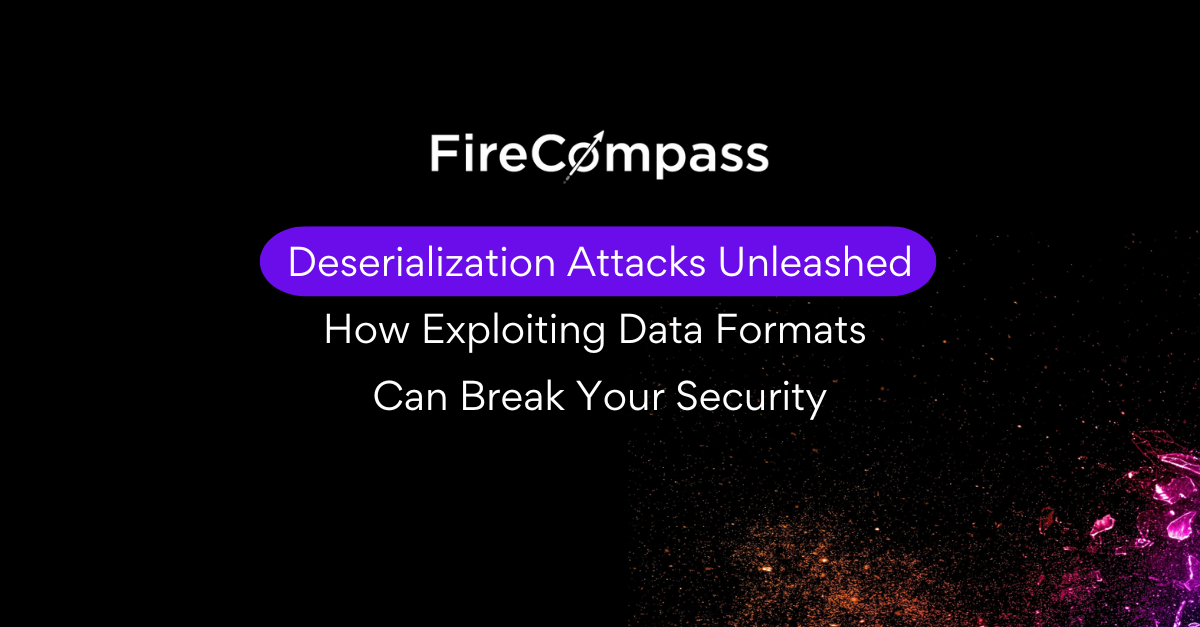Top 10 Application Vulnerability Management Tools in 2025
Table of Contents Overview of Application Vulnerability Management Tools Downsides of Traditional VM Tools Top 10 Application Vulnerability Management Tools FireCompass Tenable Nessus and Tenable Vulnerability Management Microsoft Defender Vulnerability Management Rapid7 InsightVM Qualys VMDR Holm Security Digital Defense Frontline VM Acunetix Intruder ManageEngine Vulnerability Manager Plus Why Consider FireCompass for Application Vulnerability Management Conclusion… Read More »Top 10 Application Vulnerability Management Tools in 2025
